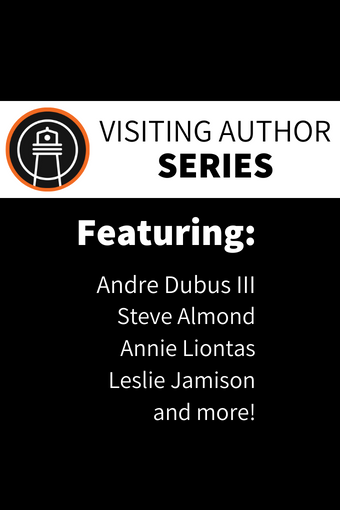I'm a writer."
[slap]
"I'm an editor."
[slap]
"A writer, an editor."
[slap, slap]
"I said I want the truth!"
"I'm a writer and an editor. My book and I — understand? Or is it too tough for you?"
This is taken (substituting “writer” for “sister” and “editor” for “daughter” — apologies to Robert Towne) from the famous scene in Chinatown where Evelyn Mulray reveals her big secret: that the young woman she’s been hiding from her father, the evil Noah Cross, is in fact both her daughter and her sister, the product of an incestuous relationship with Cross. This scene is the climax of the film’s second act, the shocking point upon which the entire story turns. At this moment all the themes converge: power, corruption, how much of the world and our fellow human beings we don't know and can never know. (For a great moment-by-moment analysis of the scene, have a look at pages 154–180 in Robert McKee’s screenwriting bible, Story.)
The dialogue substitutions I've made are perhaps a little too cute, but the point I want to make is that the two parts of the artist’s soul, the writer and the editor, are often at war: a lot of slapping goes on at the desk. Too much of the critic and the work is strangled. The irony here is that the more you know about what makes for good storytelling, the more inclined you are to beat yourself up. Too much of the creator, however, and your brilliance may remain inaccessible to mere mortals. Figuring out a way to manage the balance is crucial to the success of any project. There are some good books that address the dilemma. My favorites are Eric Maisel’s Fearless Creating, Anne Lamott’s Bird by Bird, and Kenneth Atchity’s A Writer’s Time (though this last is too programmatic; also it expects you to write 10 pages a day — gah!).
I’m going to be at Grand Lake this July (how ’bout you?), teaching a workshop on this subject, how writers can move more gracefully between the creator and the critic, how to use the two personas to get the best work you’re capable of out and down on the page, how to see your words as they really are and align them with your dream.


